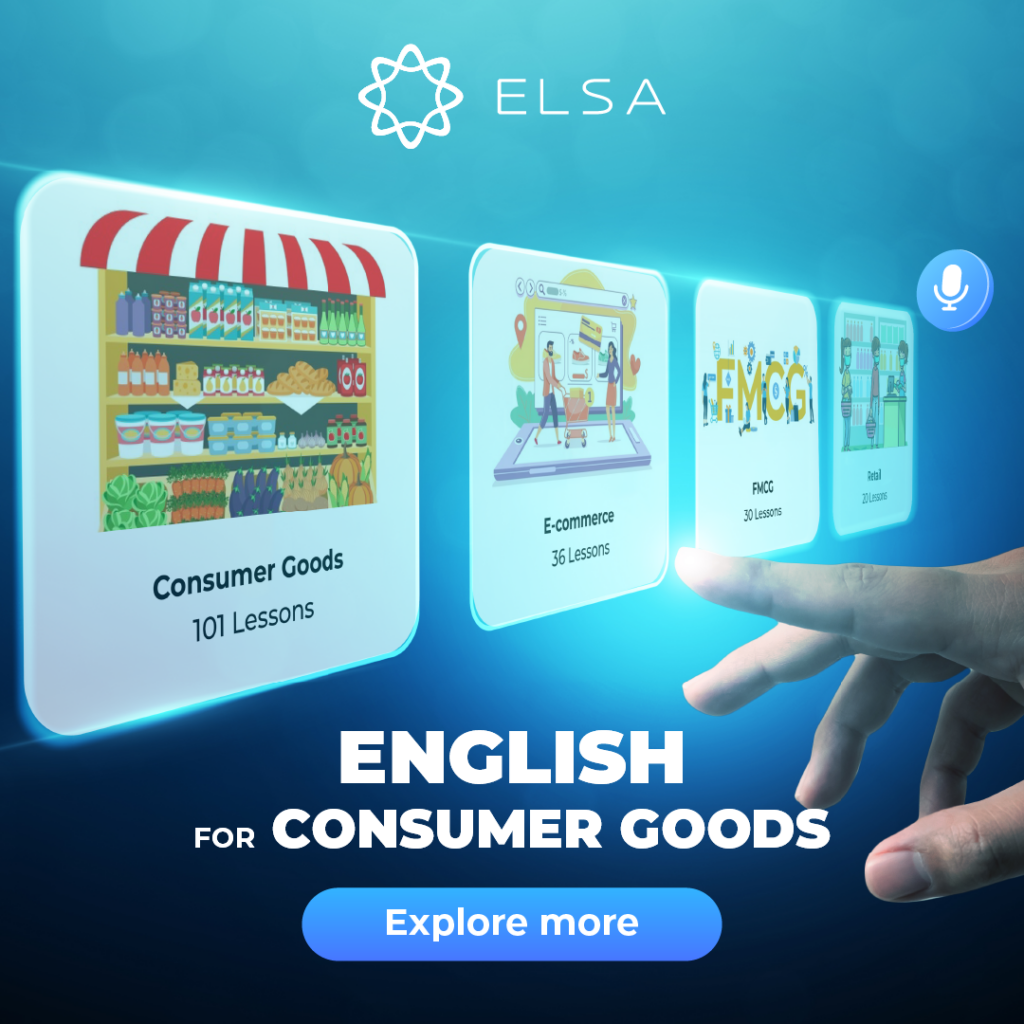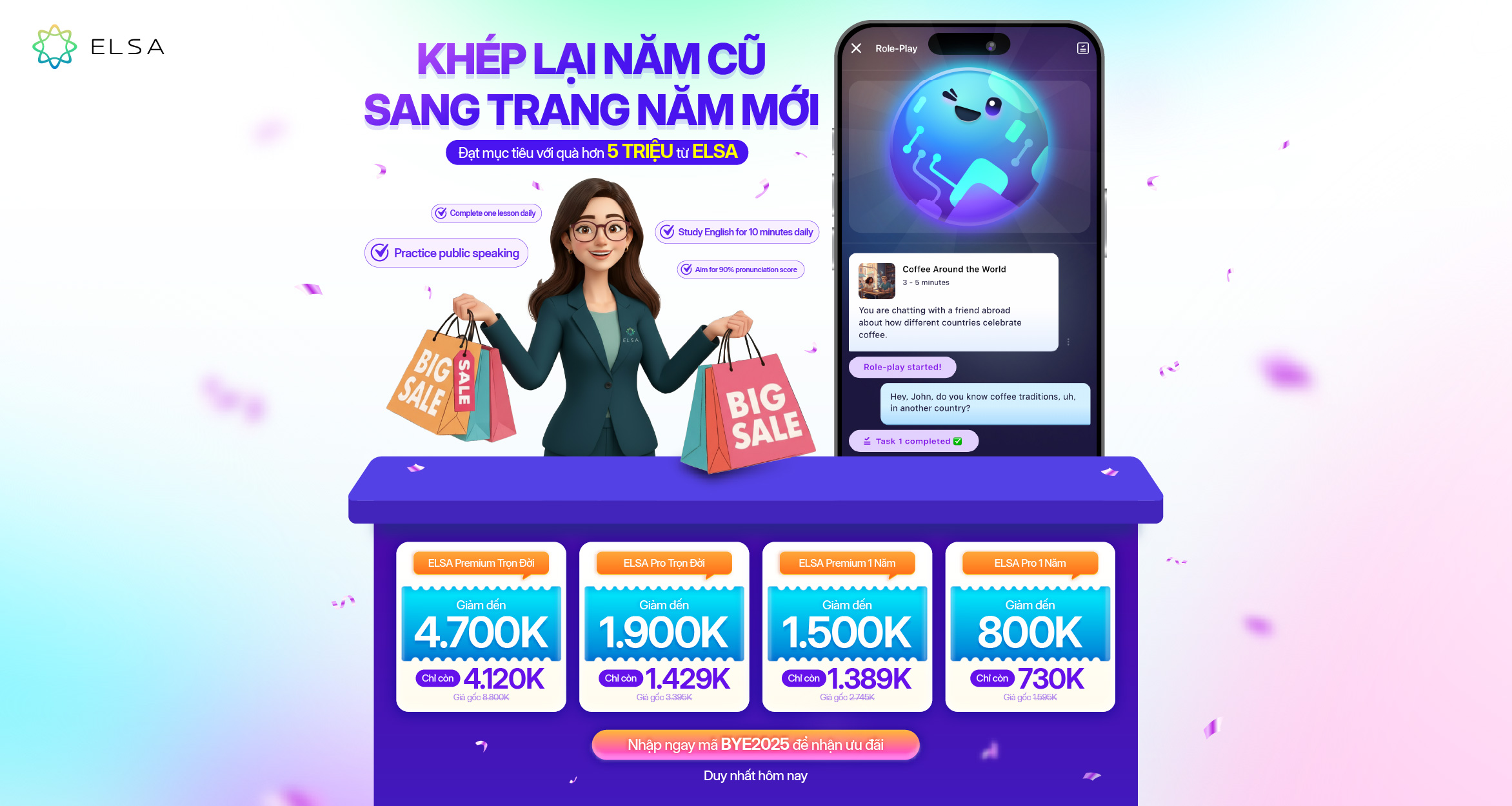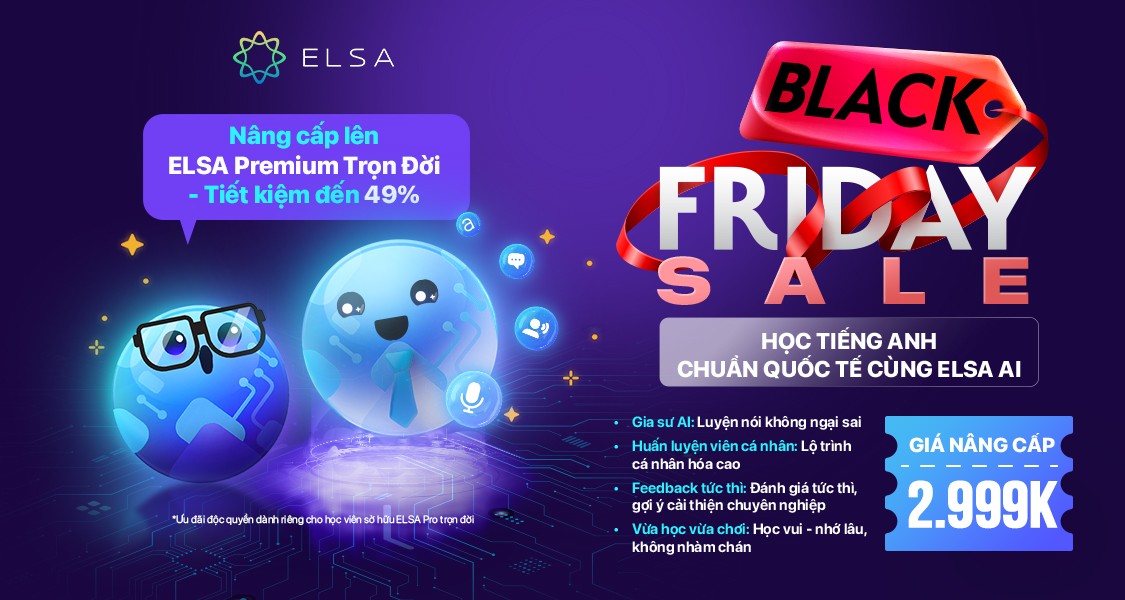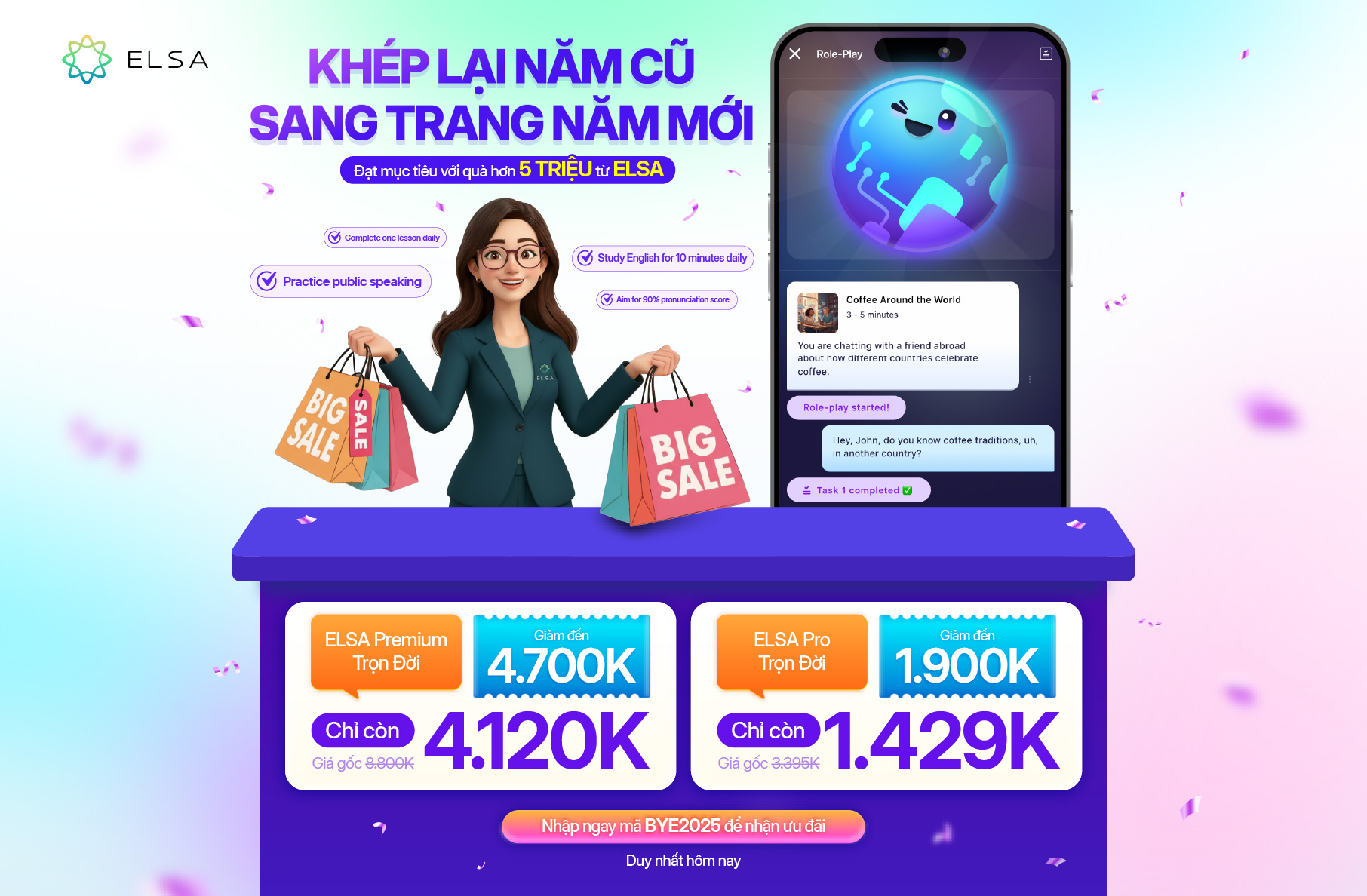The consumer goods industry is experiencing many new changes in 2022. So how should businesses react and develop in this situation? Find out in this article.
The Stability of the Consumer Goods industry prevails even in 2022
There’s no doubt that the past two years have been some of the most challenging periods in recent history for Consumer Goods and Fast Moving Consumer Goods (FMCG) industries. Even outside of these industries, the COVID-19 pandemic brought along rapid changes in consumer trends & preferences, technology trends, and societal forces. All of which brings about concerns and new insights to businesses including:
Kiểm tra phát âm với bài tập sau:

- Improving work productivity, transparency, and adaptability in various operations
- Innovating new and/or upgraded products to cater to consumer demands
- Increasing sustainability practices to hit corporate environmental goals
- Focusing on people-centric operations and employee development
However, consumer goods have always held a large percentage of consumer spending as many products are seen as necessities, which explains the assumed stability of the industry. The Consumer Goods industry is also tenacious and has continuously adapted to evolving consumer demand and trends.
The industry can look forward to 2022 with positivity and hopes of sustaining a healthy growth trend across global markets while gearing up to cater to the ever-increasing digitally active consumers and tackle the challenge of higher commodity prices

Upcoming Trends in the Industry to Look Out For in 2022
Sustainability
Ultimately, consumers are the ones choosing what to do with their wallets. Consumers are increasingly becoming more conscious about the environment and having sustainable lifestyles. This translates to a higher prioritization of the eco-profile of a product during their purchasing decisions, and they want to help create a better world environmentally, economically, and on a societal level by doing so.
COVID-19 has altered purchasing and consumption behaviour, and also became a huge market disruptor; cleaning products, shelf-stable food and beverages, and toilet paper became hard to come by in some regions. The pandemic has scared people, businesses, and even government bodies all over the world into becoming more careful with their decisions and resources.
Therefore, the role of sustainability is having a growing impact on the consumer goods industry, with an increasing demand for more sustainable and ethical products, or even just patronizing eco-conscious businesses with sustainable practices.
Consumers want to know how their purchased products are made and will be quick to dismiss any business that refuses to be more transparent in these “sustainable years” to come. Likewise, they are willing to reward “brands with a purpose” even if their products are slightly more expensive than non sustainably produced ones.
For a start, take a look at your operations, procedures, resources used, or even carry out a poll amongst your employees and consumers. You will more than likely find factors and practices that you can adjust to be more sustainable. It helps your brand, and it helps the world your brand is in too.
E-commerce
In a digital age, everyone is hopping onto the internet to do things that were otherwise thought to be impossible decades ago. With the pandemic forcing everyone to stay at home, humans are bound to find ways to make life feel as similar to pre-COVID days as possible, and technology has come a long way around to support this need. Consumers are becoming more digitally active than they ever were before and businesses with a strong digital presence are the ones that will hold the consumer’s interest in the years to come.
As lockdowns became the new normal and buying habits evolved, businesses and consumers increasingly “went digital”, growing e-commerce as a channel (14% in 2019 to 17% in 2020, e-commerce’s share of global retail trade) and this trend is expected to continue in 2022.
With businesses hopping on the trend, there will definitely be competition. Ease of access to products and information means more variety for consumers to choose from. Consumer goods companies must then optimize their marketing strategies and brand awareness to maintain customer loyalty in this competitive market.
Health & Wellness
COVID-19 has been in the spotlight for the last 2 years and for obvious reasons. Hence consumers, because of what is in the spotlight, now care a lot about their health & wellness when it comes to the products they are purchasing, often asking questions like:
- Is this packaging clean?
- Will the product worsen my immune system?
- Does this product really work against COVID-19?
- What good will this product do for me and my safety/health towards COVID-19?
Consumers are gravitating towards trusted brands as they look for quality, purity and hygiene in their practices and products themselves. A trend that started almost instantaneously when the pandemic started, companies need to put consumers’ health and wellness first, before even thinking about earning a profit from them.
As always, without consumers, there would be no business to begin with. Take good care of your consumer and they will naturally lean towards your brand, love and support you.
Innovativeness
The pandemic was so chaotic and honestly still is. Resources are quickly getting depleted or reallocated, and this simply translates to price fluctuations as everyone fights for the same limited resources. As mentioned above, sustainability, e-commerce, health & wellness are all growing trends that businesses in the Consumer Goods industry need to jump on. This is where innovation comes in.
Regardless of whether it is a method, product or plan, brands will revisit their ability to reformulate their operations and processes to succeed in this demanding market. Innovation helps a business carry out processes more efficiently and in most cases, produce better quality products with the same, or lesser resources. Product laboratories can use artificial intelligence (AI) and scientific models as mainstream tools to drive product reformulation and research novel components when they are under pressure to enhance the rate of innovation.
English Speaking for Business
English language proficiency is a highly sought after skill in a global business environment, especially after the arrival of COVID-19. In the Consumer Goods industry where e-commerce and businesses are frequently global, English is one of the commonly used languages for communication between businesses and their consumers.
Upskill your employees to be proficient in English for consumer goods so that any language barrier can be overcome and empower them to provide clearer information to consumers. Gradually, this effort to cater to your global consumer demand will translate into higher sales and revenue along with an increased competitive advantage over your competitors. Stay closer to your consumers.
Furthermore, by investing in training your employees in spoken English for business, you are also playing a part in workforce sustainability, which as mentioned earlier, could be an attractive factor seen by consumers when choosing a business to patronize.

Employee Development for Success and How ELSA Helps With English Training for Businesses
At ELSA, we strongly believe that employees, especially those that are directly in contact with customers, are one of the most important aspects of a business. With that belief, we’d love to assist the consumer goods industry by developing and improving the workforce in spoken English with English training in Consumer Goods, helping you bring you closer to your consumers.
With English language proficiency being one of the key aspects to prepare your business for the recovery year in 2022, ELSA has just what the industry needs, English training for businesses. Thanks to our proprietary AI technology that helps employees enhance their English skills, ELSA Speak–an English learning application – has been utilized by many businesses. It covers a wide range of English skills such as Listening, Reading, Pronunciation and Speaking, Grammar and Vocabulary compiled by ELSA’s language experts.
This application can also create specialized learning content for English training in Consumer Goods and its various subsectors, allowing employees to better prepare for scenarios unique and relevant to their jobs. Upgrade your employee’s English speaking skills in just 3 months and see it translate into a rapid improvement in your employees’ ability to provide quality service, especially to English-speaking customers.
ELSA’s Dashboard feature also includes overview management tools that allow firms to review, analyse, and compute ROI and investment efficiency. This seamless feature would eliminate HR’s time-consuming analysis work, allowing businesses to focus on what matters most: their products and services, rather than wasting time planning and developing English-learning programs for their staff.
With ELSA, empower your employees with English for consumer goods, to reach higher levels of customer satisfaction.
Explore more about ELSA English training for businesses (Consumer Goods) solutions here

Sources:
- Consumer Goods Technology, “5 CPG & Retail Industry Predictions for 2022”, December 2021
- BloombergQuint, “Key Trends That Will Shape The Consumer Goods Sector”, September 2021
- Business Standard, “FMCG players expect better growth, lesser inflationary pressure in 2022”, December 2021
- UNCTAD, “How COVID-19 triggered the digital and e-commerce turning point”, March 2021
 27/01/2022 | Admin
27/01/2022 | Admin





